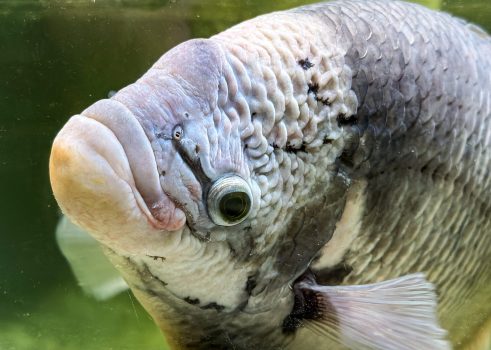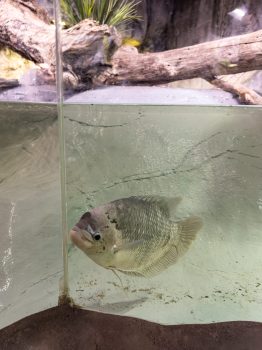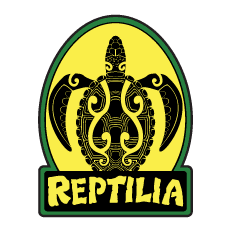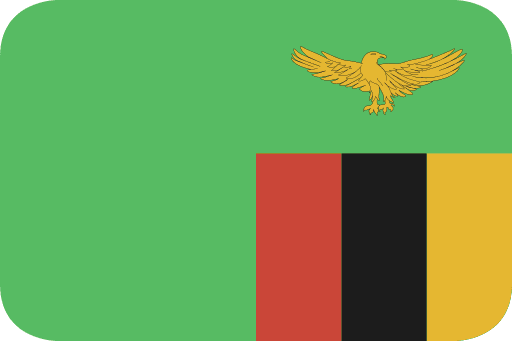Giant Gourami
Common Name: Giant Gourami
Scientific Name: Osphronemus goramy
Names: Gloria & Leonard
Locations: Whitby & London



Diet
Giant Gouramis are omnivorous and their diet includes a variety of foods such as aquatic plants, algae, insects, crustaceans, small fish, and occasionally fruits or vegetables.
Average lifespan
In captivity, Giant Gouramis can live around 10 to 15 years, though they may live longer with proper care.
Size
Giant Gouramis are among the largest species of gourami, capable of reaching lengths of over 60 centimeters (2 feet) in captivity, and even larger in the wild.
Weight
Adult Giant Gouramis can weigh anywhere from 2 to 5 kilograms (4.4 to 11 pounds), though some individuals may exceed these weights.
About
Giant Gouramis are native to Southeast Asia, particularly found in countries like Thailand, Indonesia, Malaysia, and Vietnam. They inhabit various freshwater habitats including rivers, lakes, ponds, and marshes.
Size and behavior
As their name suggests, Giant Gouramis are large and robust fish with elongated bodies and distinctive labyrinth organs that allow them to breathe atmospheric air. They are generally peaceful and social fish, though they may become territorial during breeding periods or if space is limited.
Diet and nutrition
Giant Gouramis are omnivorous and have a varied diet consisting of both plant and animal matter. In captivity, they can be fed a mix of high-quality commercial fish pellets, live or frozen foods such as insects, crustaceans, and small fish, as well as fresh vegetables or fruits as occasional treats.
Conservation status
The conservation status of Giant Gouramis is currently of least concern. While they may face localized threats from habitat loss, pollution, and overfishing in some areas, they are still relatively abundant in their native range. However, like many freshwater fish species, they may be impacted by habitat degradation and human activities.
Fun fact
Giant Gouramis are known for their unique breeding behavior, where males build and defend bubble nests at the water’s surface. These nests are constructed from saliva-coated bubbles and are used to incubate the fertilized eggs. Once the eggs hatch, the male provides parental care, guarding and tending to the fry until they are able to fend for themselves.
Call or visit your local Reptilia Facility to learn how you can adopt one of these amazing reptiles.










